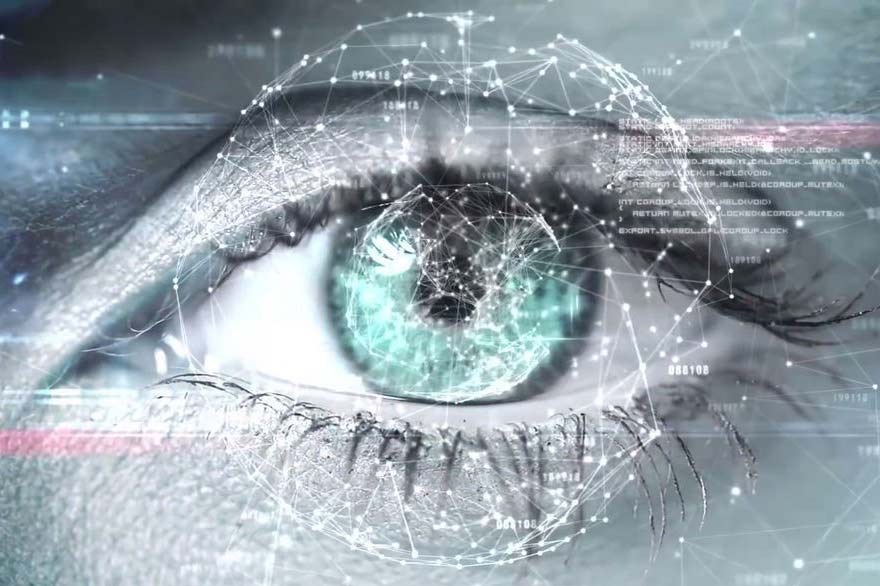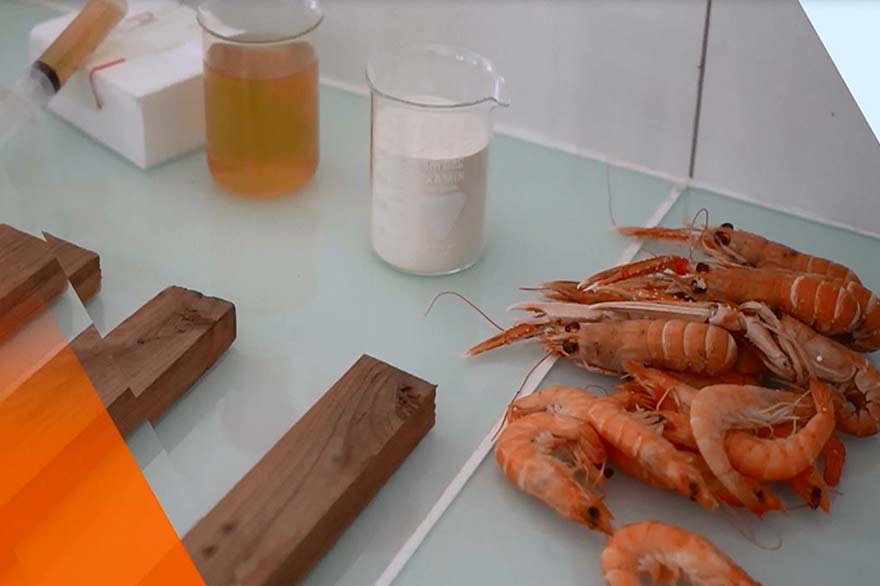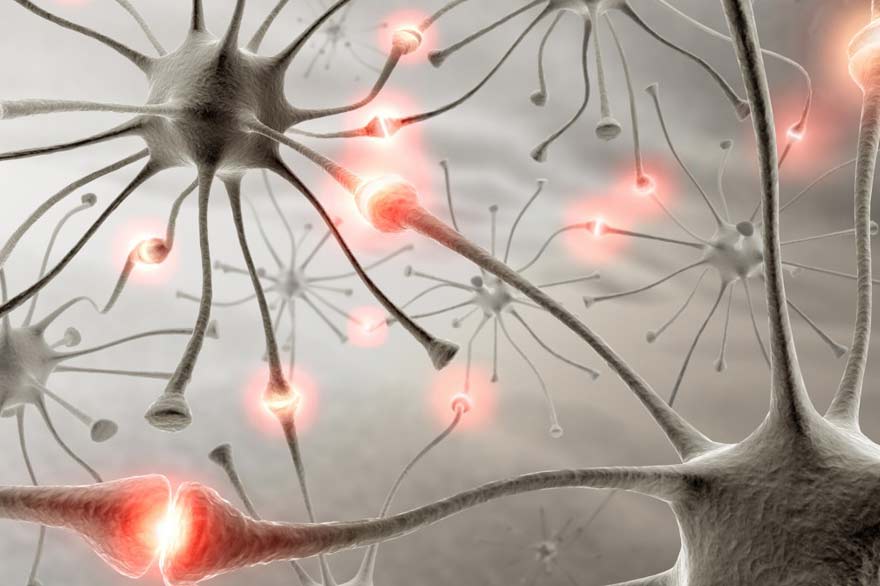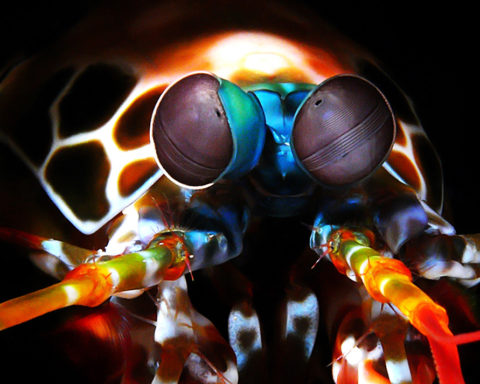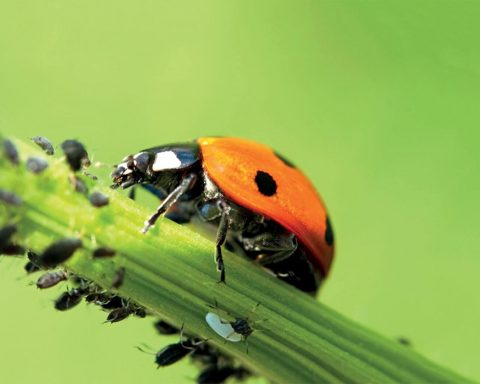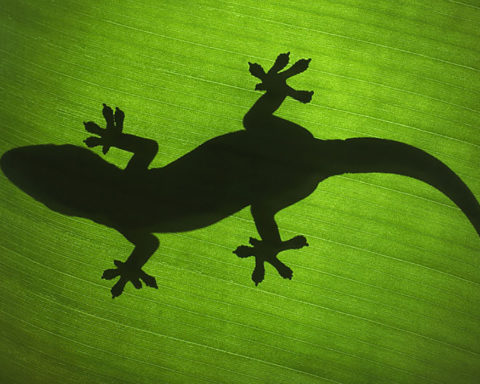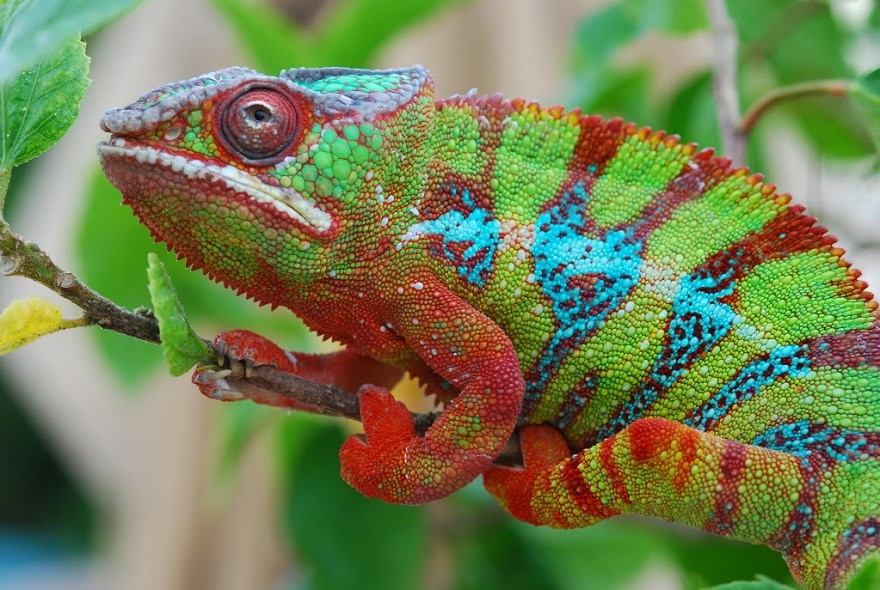A breakthrough innovation mimics the human eye and brain to access a huge image processing capacity that will allow machines to see what was previously invisible to them. Startup Prophesee develops innovative bio-inspired vision technologies, combining deep expertise in artificial intelligence with biologically-based technical innovations to give machines a new way of seeing that mimics the efficiency and precision of the human eye. Its patented neuromorphic vision technology is entering the industrial robotics market this year. The goal is to revolutionize the computer vision market, particularly in the areas of autonomous vehicles, industrial robotics and the Internet of Things.
Bome things have been written and discussed about the fusion of the physical, digital and biological worlds with machines. And, for better or for worse, there is an uninterrupted march towards the quest to imitate human characteristics and capabilities in those of modern machines. We have reached such a point that we have taken the next steps towards making machines that not only see, but actually perceive the environments in which they exist and interact. Power, performance and predictability are all obstacles that must be overcome in order to progress towards reliable, practical, intelligent and vision-compliant systems.
By drawing inspiration from human vision, we can now reshape computer vision and enable a new generation of products and services that improve vision. New types of artificial vision have the potential to revolutionize the way we move, work, communicate, and even, in an ironic paradox, how bodies themselves can overcome natural limitations or deficiencies in our own ability to see.
The best example is the Prophesee company (formerly Chronocam), led by Luca Verre, which invented the most advanced neuromorphic vision systems in the world. The startup was responsible for the first silicon retina to restore sight to the blind.
Its patented technological breakthrough introduces a new paradigm of computer vision based on the way the human eye and the brain work to dramatically improve the efficiency and intelligence of video processing: a technology inspired by human vision that, among other things, increases the speed of reaction to information, while significantly reducing the amount of data to be stored, and therefore the volume and energy required. This technology is based on a camera similar to the eye and on algorithms that work like the human brain, allowing machines to analyse their environment more quickly.
"Like the human retina that intelligently acquires information and the brain that processes it, the retina part of our solution is an integrated circuit in a silicon chip and the algorithms in our software part process it. » sums up Luca Verre.
Its patented technology enables what it calls metavision: the capture of very brief moments with a speed equivalent to 10,000 images per second, the management of intense light changes (at more than 120 dB) and a very low energy consumption of less than 10 milliwatts. It has the advantage of using standard CMOS manufacturing technology, but with an innovative design.
Prophesee's sensors and camera systems open new horizons in areas such as autonomous vehicles with direct benefits for autonomous driving aids, including faster detection of people and obstacles such as pedestrian protection, blind spot detection; improved camera performance to detect and adapt to environmental and contextual conditions; lower total cost of ownership making driving aids accessible to a greater number of vehicles and markets, greatly improving safety for all. But also for industrial automation, Internet of Things, safety and monitoring and AR/VR systems. Its innovations improve safety, reliability, efficiency and user comfort.

In parallel, the startup continues its work in the medical field. Its collaboration with Pixium Vision continues (Prophesee's technology is integrated into their vision restoration system), as well as with Gensight Biologics, not to mention Darpa in the United States.
Prophesee, based in Paris, with offices in Japan and the United States, draws on more than 25 years of research in the field of neuromorphic engineering, at the Institut de la vision, in partnership with the CNRS, Inserm and UPMC, and developed in public-private partnerships. It holds more than 20 international patents and enjoys the support of leading international investors including 360 Capital Partners, Supernova Invest, iBionext, Intel Capital, Renault Group and Robert Bosch Venture Capital. In three years, the startup has raised some €40 million; it has just completed a new round of funding of $19 million.


